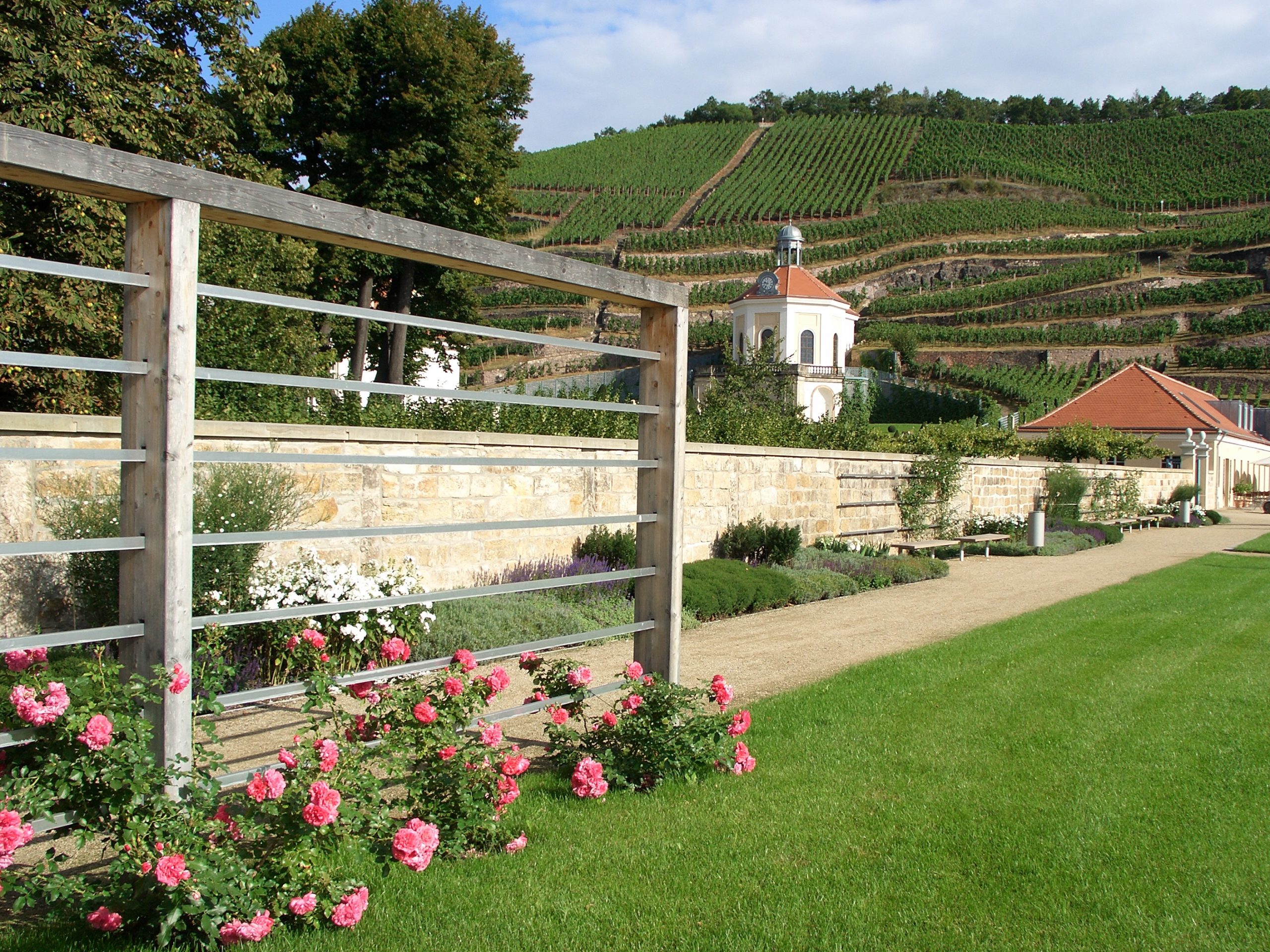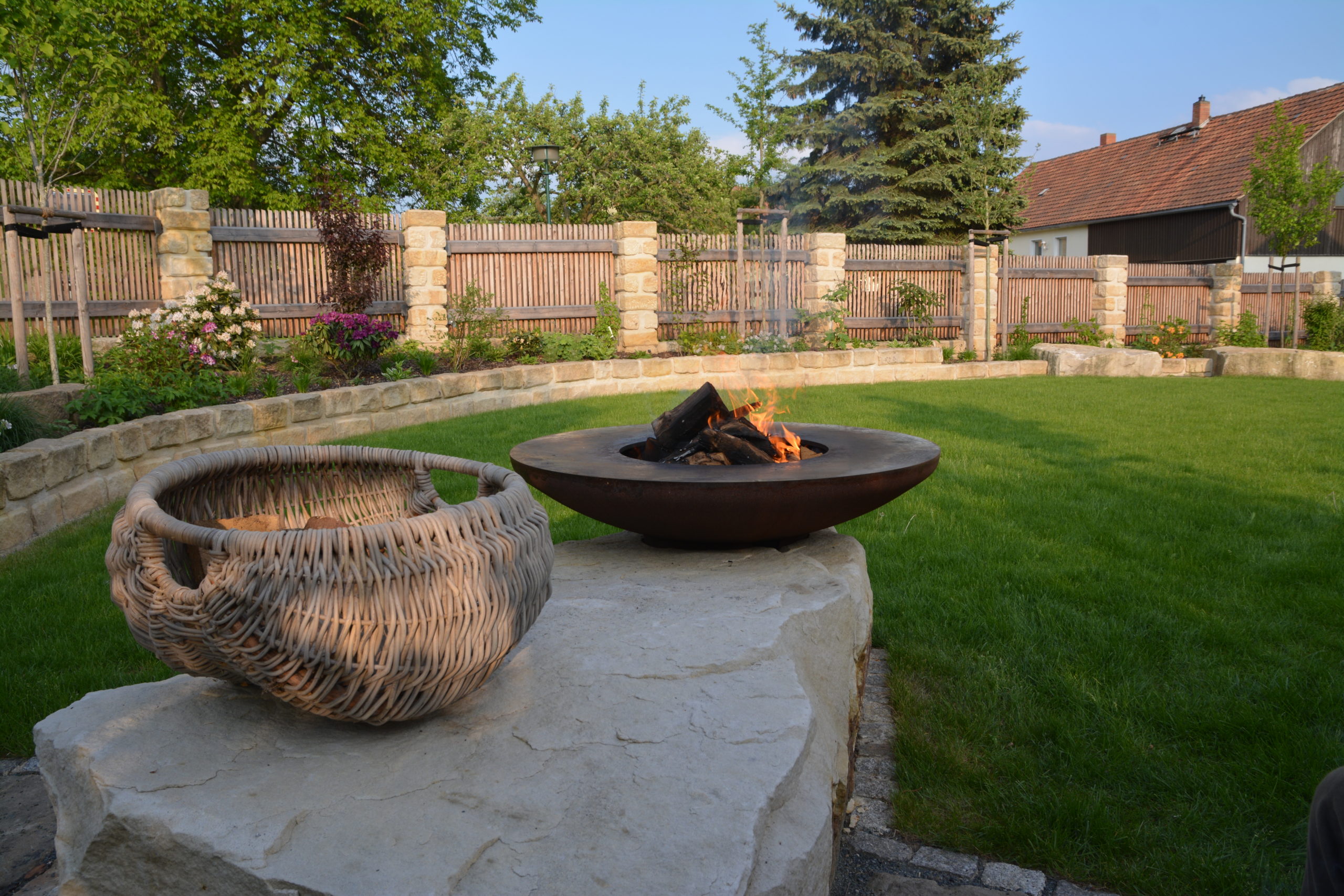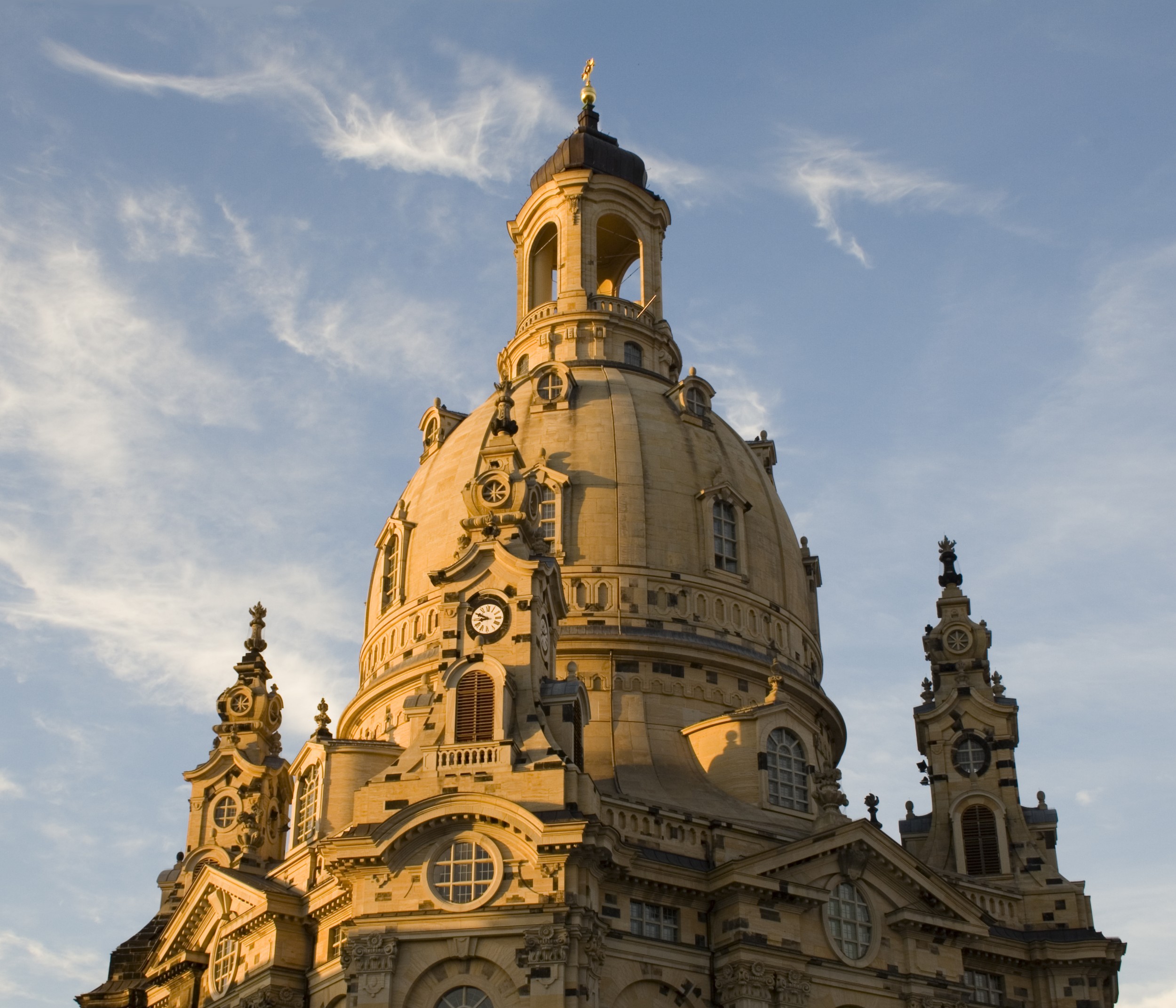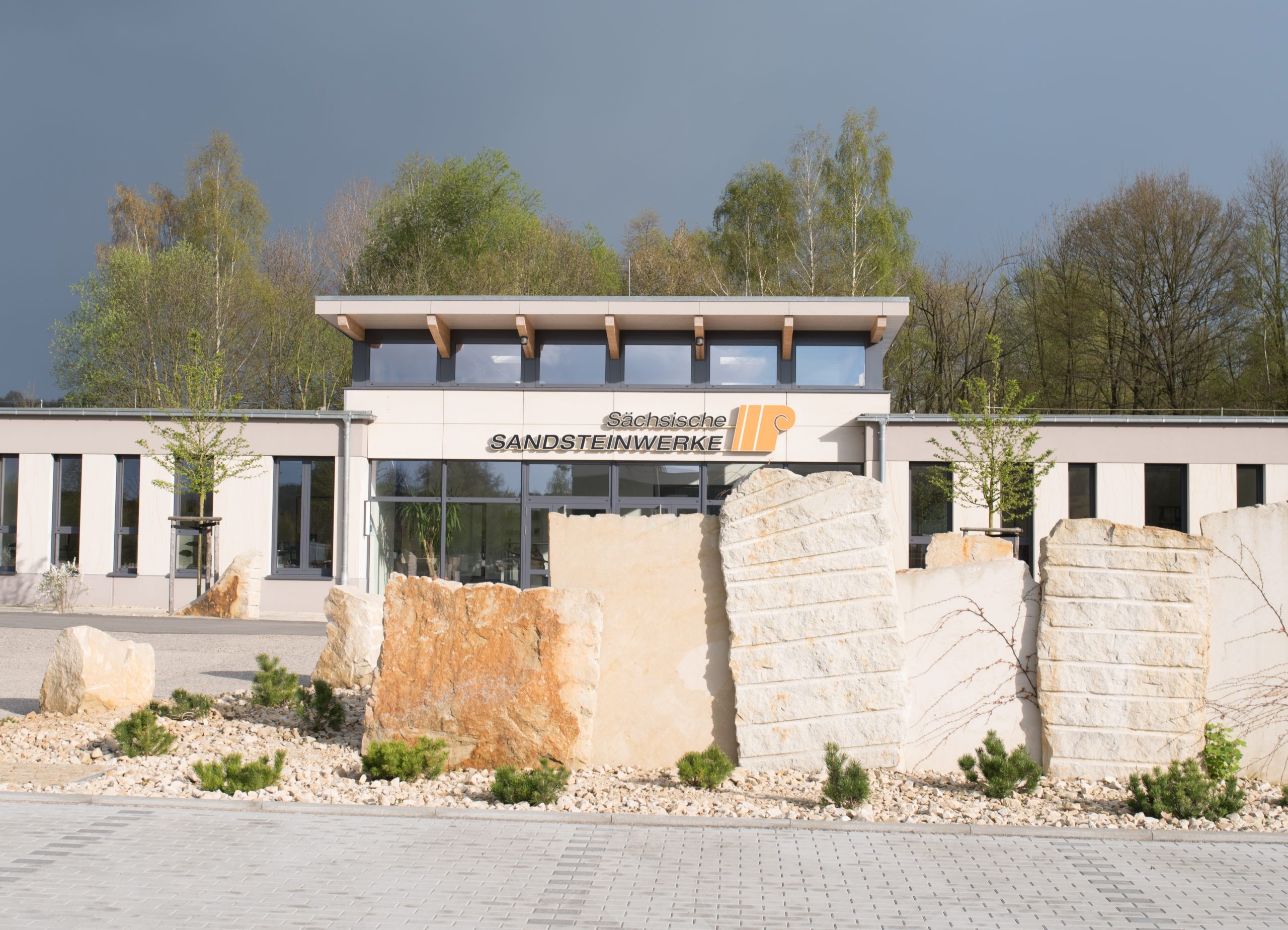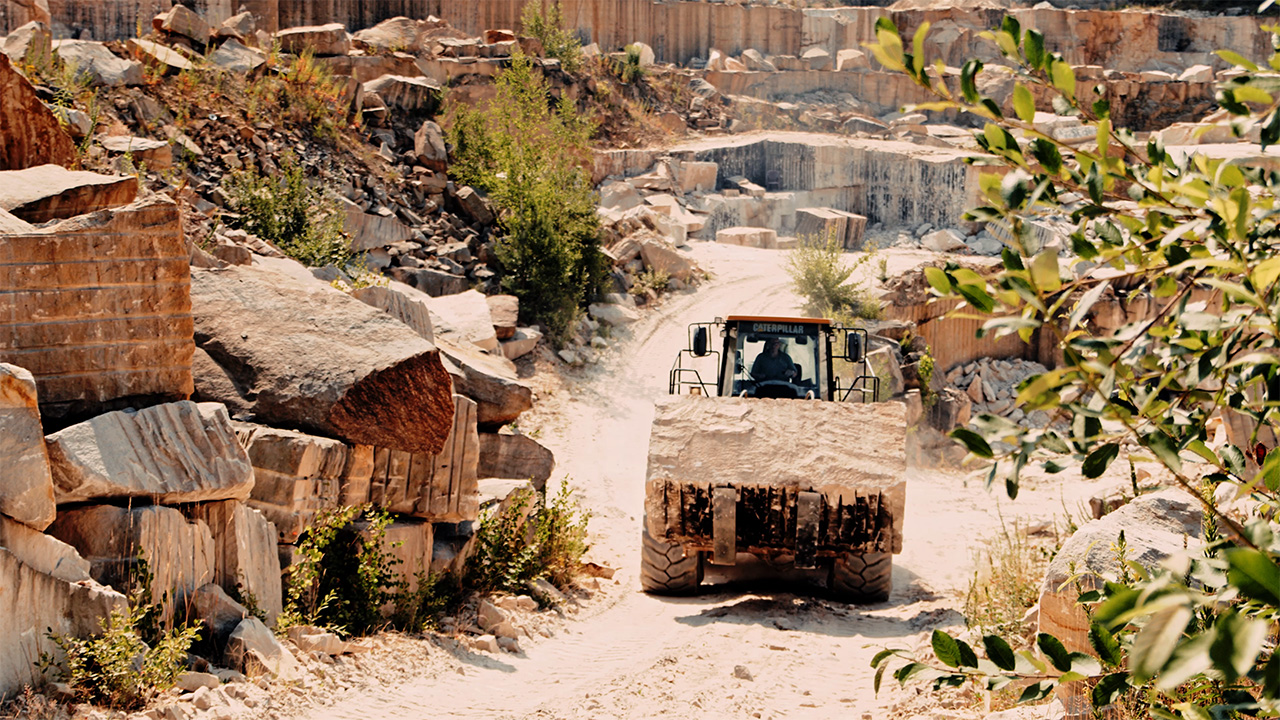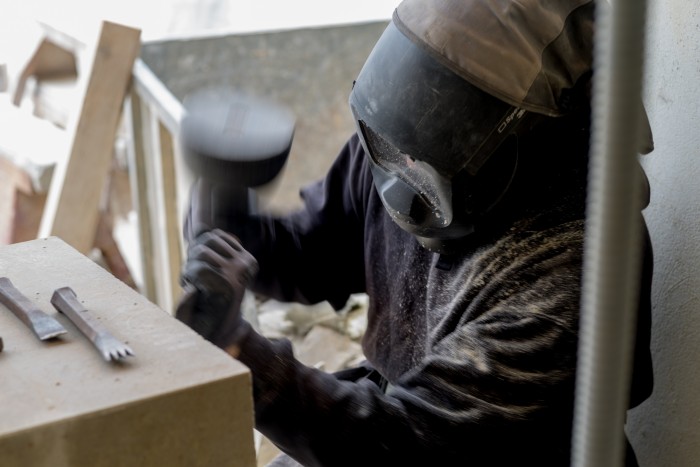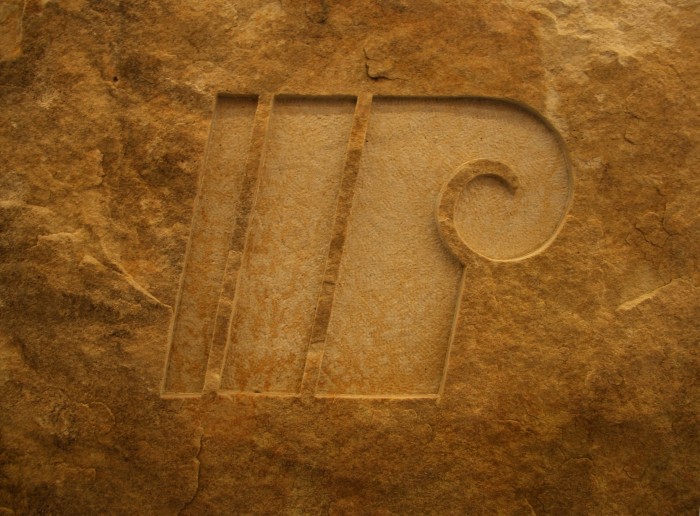Summer is in full swing and with it people are drawn to nature. Even your own garden offers a variety of design options. So why not give it an individual touch with our unique POSTAER SANDSTONE planting stones?
Our planters
With our unique planting stones they create a special eye-catcher in the home garden. They are made from riverbank and embankment stones and are split raw on all sides. Due to this minimal machining process, no two stones are alike and you get a unique product. The inside is finished and provided with a planting hole. Our planting stones are available from the dimensions 50x30x30cm and only according to availability. Special requests in terms of shape, dimension and type of sandstone are possible on request. Simply contact us for this by phone or e-mail. You are also welcome to ask for advice from one of our employees on site.
Uses for planting stones
Before you choose a natural stone product from our range, you should consider what purpose it will serve in their garden. A planting stone can be used in a variety of ways. In the majority, they can be used both decoratively, and functionally and practically in the home garden.
Similar to a picture frame, planters can be used to border beds and lawns. A practical use would be as a greenable slope stabilizer. Here, the planter stones would not only be a visually appealing option, but would also function to stabilize the slope. This prevents the soil from being churned up or even washed away when it rains. Likewise, laid out in the form of stairs, it can serve to bridge differences in height or as a terrace decoration. In addition, in this variant usually perform several functions - whether as a screen, windbreak or soundproofing. Of course, it can also be positioned as a single visual eye-catcher freestanding in the garden.
How to - where do I place and how do I fill planters?
When choosing a location, you should consider how many hours a day the sun shines in this place. Sunny, partial shade or shade - depending on this, you should make your plant selection.
Once you have decided on a suitable place and planting, you should first prepare the site. Optionally, you can create a foundation to prevent slipping or sinking. If using as a slope stabilizer, you should fill the gap to the soil with crushed stone or gravel. This serves primarily as frost protection.
Finally, it's time to plant your natural stone. First, you should fill a water-permeable gravel layer. On top of this comes the planting soil. Here you should use a mixture of topsoil or planting soil and a sand-gravel mixture in a ratio of 1:1. It is important that the filling material is capable of seeping in order to avoid waterlogging and frost damage. For the planting soil, you should avoid using soil from your own garden. This is usually weedy or has residual weed roots and makes later care more difficult. It is better to use stable pot plant soil or high-quality, peat-free plant soil. As an alternative to the sand-gravel mixture, you can also use lava granules. This is drainable, retains moisture/oxygen/nutrients and then releases them back to the plants. After you have set your plants, you should finish by applying a cover layer. This can be ornamental gravel, bark mulch or lava granules. This cover layer serves several functions at once. First, it reduces direct sunlight and thus counteracts evaporation. Second, it reduces weed growth, prevents erosion of the plant soil, and prevents contamination by splashing water during heavy rains. In this way, it reduces their maintenance and it is particularly sustainable (less water consumption and less use of fertilizers...).
Suitable plants for planters
For a planting stone is best to use plants with a manageable growth. Refrain from woody plants, as they usually root too far and strongly. An exception to this is lavender or dwarf medlars.
Use frugal, hardy and low-maintenance plant species. When using several planters, pay attention to variety and lay out the different species in a mosaic fashion. On the one hand, it guarantees a natural and changing look, thanks to different flowering phases. On the other hand, this way you will have something from your garden all year round. In addition, any plant failure is less noticeable and easier to fix.
Alternative: The water trough
Another and simple use is to use the planting stone as a water basin. Often, natural stone basins are used as scoop basins in cemeteries. Meanwhile, they have found their way into home gardens as a decorative element. Their practical use they also have there. Hot and dry summers in recent years have shown us how precious water is. Planters with a drainage hole on the bottom can be used as a water trough or fountain. In combination with other elements, they can also serve their purpose as an ornamental water feature.
Whether a single planting stone as a decorative eye-catcher or a multitude as a functional element - there is no limit to their creativity in the home garden.
We will be happy to support and advise you on our natural stone products on site.
